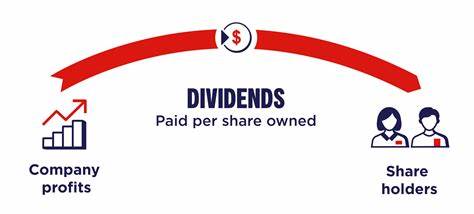Introduction
“IPOs mark a significant milestone in the investment landscape, as eagerly anticipated companies debut in the market by offering their shares to the public for the first time. This allows investors to participate in the initial offering and signals the arrival of a new contender in the market. Given the complexity of the IPO process and its critical role in the realm of stocks and securities, it’s essential to familiarize oneself with key IPO terms.”
Understanding IPO Terminology
- Initial Public Offering (IPO)
An IPO marks the first time a company offers its shares to the public. It’s a crucial step for companies looking to raise funds and expand. - Prospectus
A document provided during an IPO containing essential details about the company, such as its business model, financials, and objectives. It helps potential investors make informed decisions. - Issue Price
The price at which shares are offered to the public during an IPO. It’s determined based on market conditions, investor demand, and the company’s financial health. - Book Building
A process where a price range (“price band”) is set, allowing investors to bid for shares. The final issue price is determined based on these bids, ensuring fair market pricing. - Underwriter
Financial institutions or investment banks that manage and facilitate the IPO process. They assist in price setting, share promotion, and ensuring the IPO’s success. - Lock-up Period
A period post-IPO during which insiders (company executives, early investors) cannot sell their shares. It stabilizes stock prices and prevents immediate sell-offs. - Flipping
The practice of buying IPO shares and selling them quickly after the stock lists to profit from initial price surges. Typically done by non-insiders. - Greenshoe Option
Also known as an over-allotment option, it allows underwriters to issue additional shares beyond the original offering size if there is high demand, helping stabilize prices. - Red Herring Prospectus
A preliminary prospectus that excludes the issue price and number of shares offered. It gauges investor interest before the final offer. - Price Band
The range within which investors can bid for shares during an IPO. The final issue price is determined based on the bids received. - Subscription
The process where investors apply for shares in an IPO. Oversubscription indicates high demand, while undersubscription suggests lower interest. - Allotment
The process of allocating shares to investors based on their applications. It determines how many shares each investor receives. - Listing
The process of a company’s shares being traded on a stock exchange after an IPO. It provides liquidity and visibility to investors. - Anchor Investors
Institutional investors who subscribe to shares before an IPO opens to the public. Their participation builds confidence and may influence pricing. - Grey Market
An unofficial market where IPO shares are traded before official listing. It indicates market sentiment but is speculative and unregulated. - Cut-off Price
The final price at which shares are allotted to retail investors in a book-building IPO, determined through the book-building process. - Price Discovery
The process of determining the fair price of shares during an IPO, based on market demand, company fundamentals, and economic conditions. - IPO Grading
An assessment by credit rating agencies that evaluates the company’s fundamentals and risks associated with the IPO, aiding investor decision-making.
Key Steps in the IPO Process
- Underwriter Appointment
The company engages underwriters, typically investment banks, to oversee the IPO process. - SEBI Filing
The company submits a registration statement to SEBI along with the draft Red Herring prospectus. - Due Diligence
Underwriters conduct thorough due diligence, examining the company’s financials, operations, and legal compliance. - Roadshows
The company and underwriters conduct roadshows to present the IPO to institutional investors, assessing market interest. - Book Building
Investors bid within a specified price range (“price band”), determining the final issue price based on demand. - Share Allotment
Shares are allocated to investors, and refunds are issued to those who didn’t receive shares. - Stock Exchange Listing
The company’s shares are listed on the stock exchange, enabling public trading to commence.

















